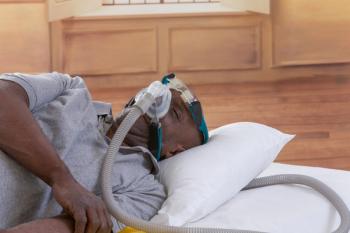
Garadacimab, Sebetralstat Were Both Safe to Use in Clinical Trials: Timothy Craig, DO
Early trials found that both garadacimab and sebetralstat were safe when used in patients living with hereditary angioedema, which speaks to the promise of the FDA-approved garadacimab.
Timothy Craig, DO, professor at Penn State University and principal investigator of the VANGUARD phase 3 trial (NCT04656418) on garadacimab, discussed the safety profile of garadacimab, which was approved for use in patients with hereditary angioedema (HAE) on June 17, and sebetralstat, which is awaiting FDA approval for use as rescue medication in patients with HAE.
This transcript has been edited for clarity; captions are auto-generated.
Transcript
What is the safety profile of both garadacimab and sebetralstat?
One of the nice things about garadacimab, even though it's on the very top of the coagulation pathway, the 5 analytic pathway, the complement pathway, and the contact or kallikrein pathway,
With sebetralstat, also, the adverse effects were minimal. People question, can you take it if you say you have nausea? Are you going to vomit up the medication, since it's an oral medication? It looks like that's not an issue. Also, people ask, "Can you swallow it if you have an obstruction in the throat, if you have an attack in the throat?" Well, that also doesn't seem to be an issue.
But you have to remember, the earlier you take the medication, the better off you are, the less morbidity, the less mortality, the less interference with quality of work and productivity. You don't want to wait until your throat is really super swollen, and you don't want to wait until you're already vomiting before taking your medication. Taking the drug early is what you really need to do.
Again, I think these 2 drugs, because they both have good safety records, they both work, they are going to be, once approved, the least burden for the patient, one because of the infrequent dose and the other one because it's oral instead of injectable. It makes really sense to me to use them as one for rescue and the other one to prevent attacks from occurring.
When can clinicians expect both treatments to become available?
Garadacimab is already approved in many countries, including many in the [European Union] EU. It's not yet approved in United States. We expect it any day. [Editor's note: the interview took place
In the sense of sebetralstat, it's also approved in many countries but not yet in United States. They were expecting it last week. It looks like that's going to be
Newsletter
Stay ahead of policy, cost, and value—subscribe to AJMC for expert insights at the intersection of clinical care and health economics.













































